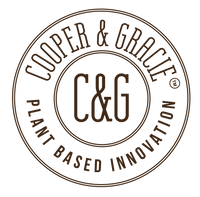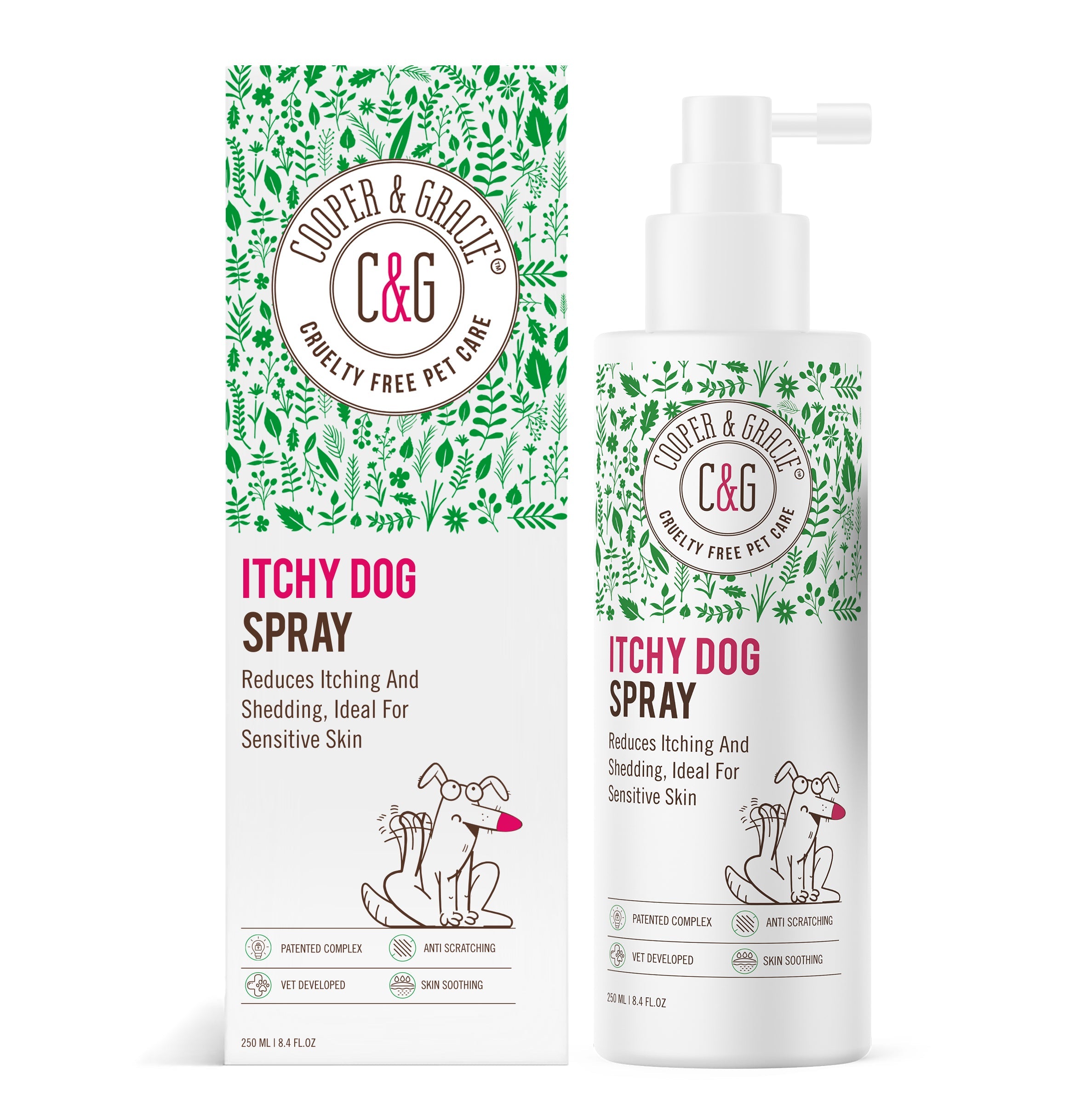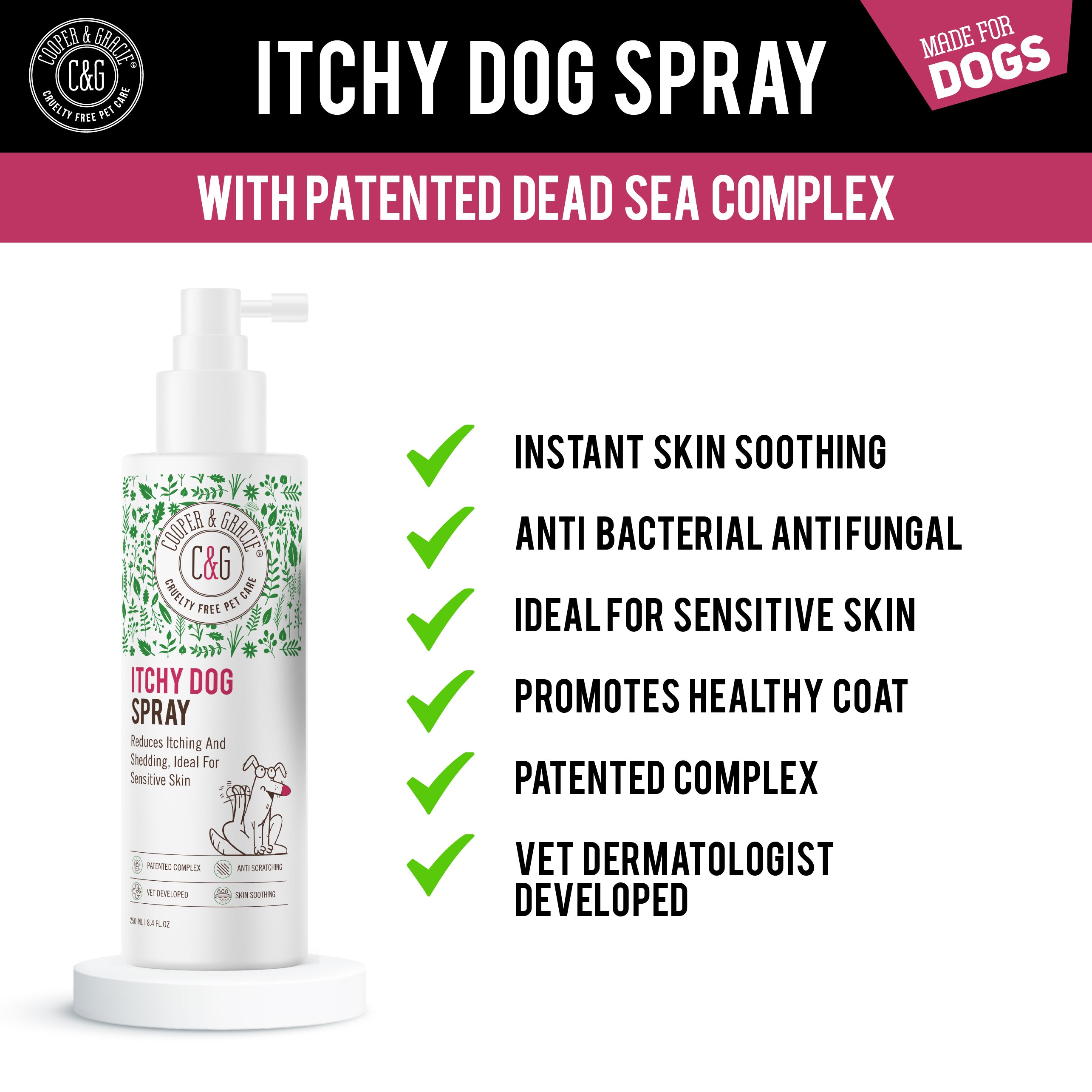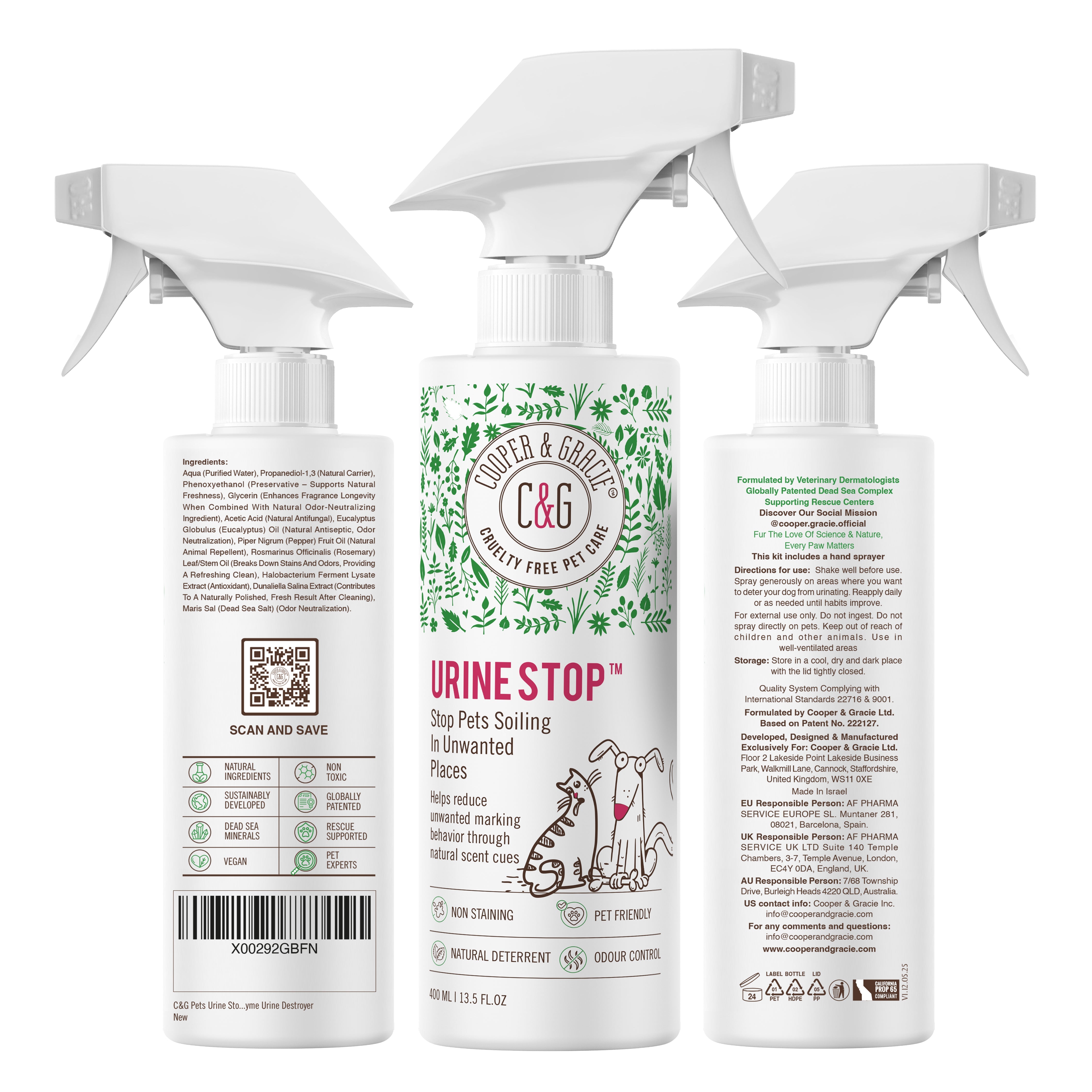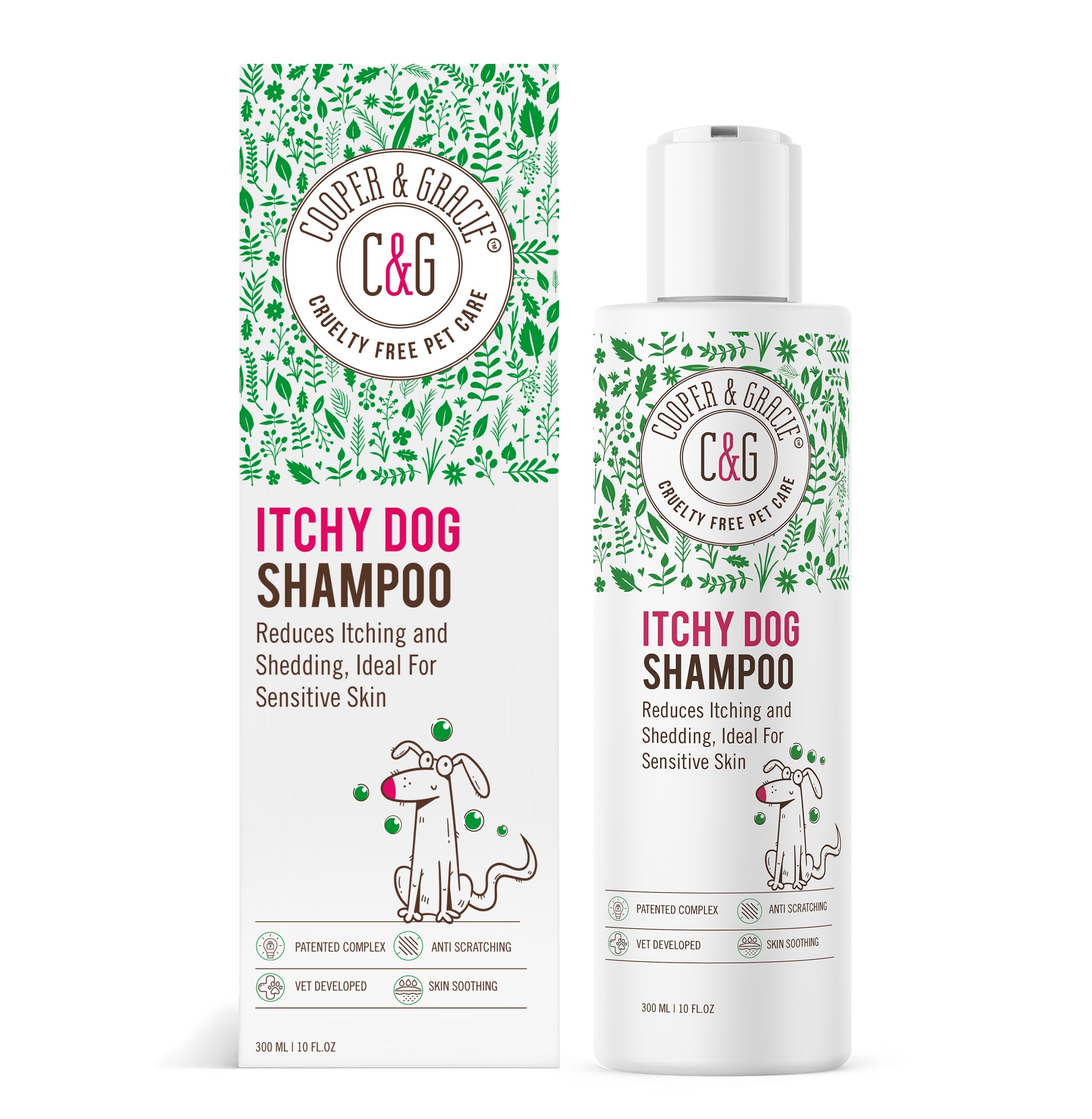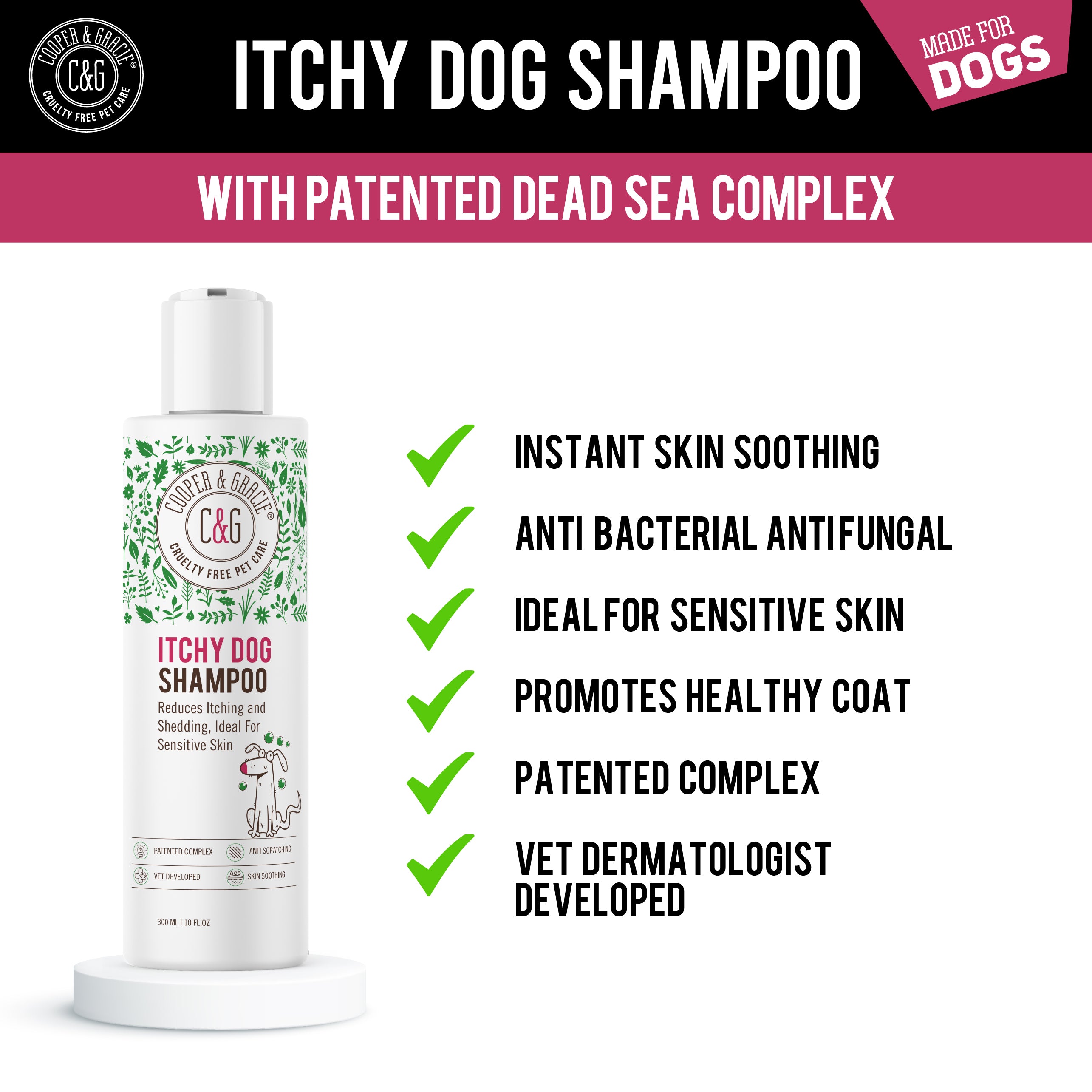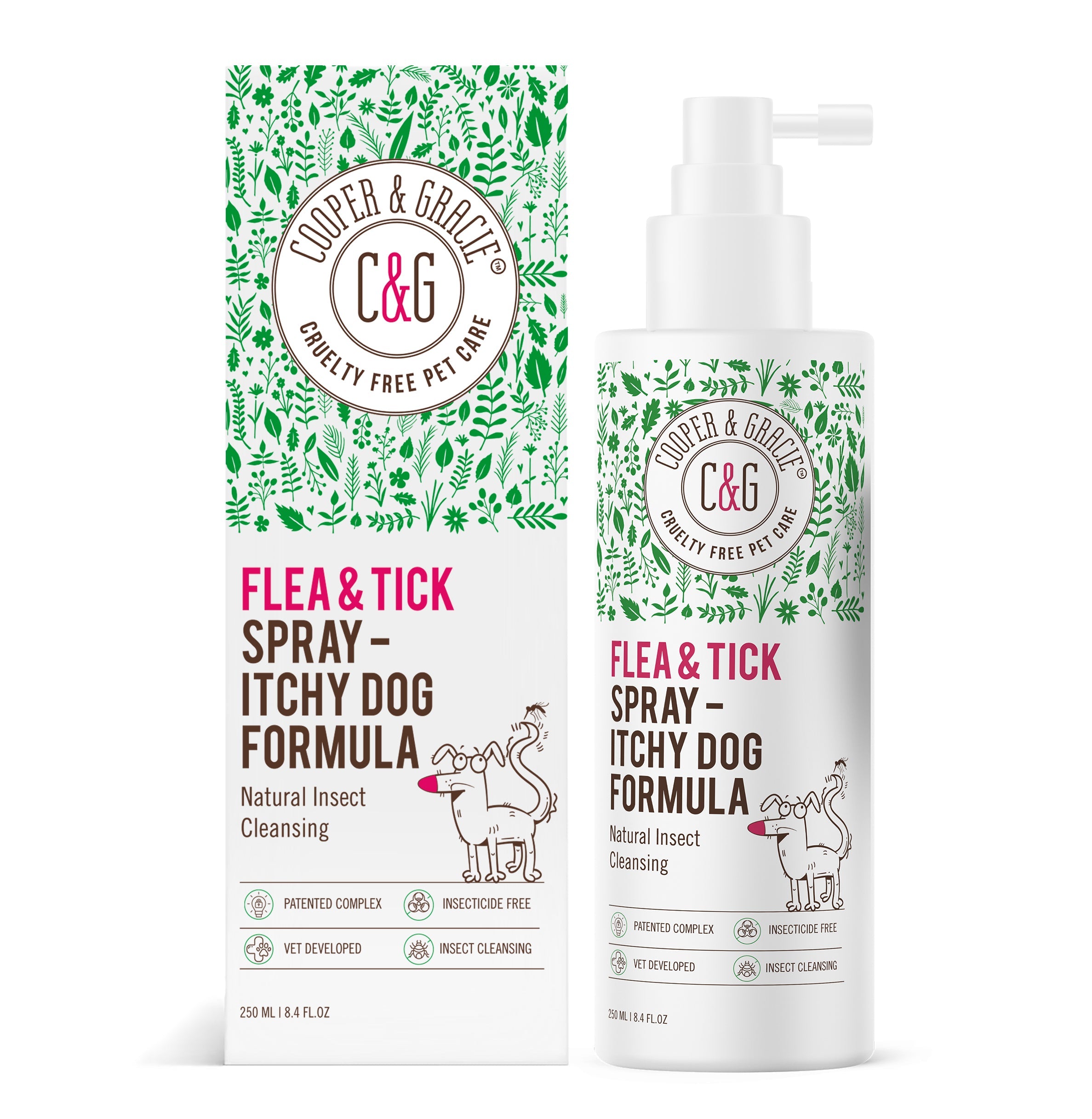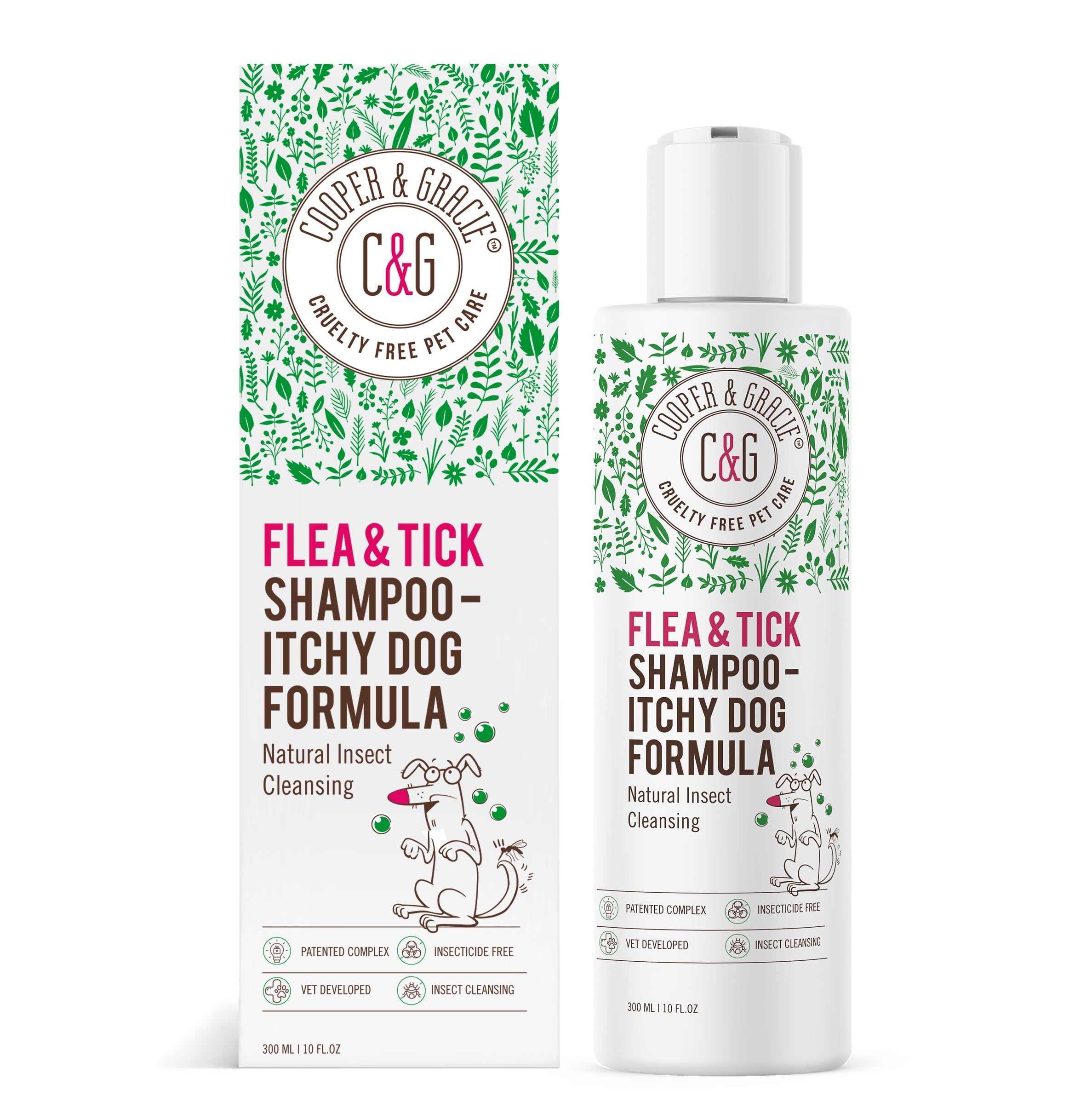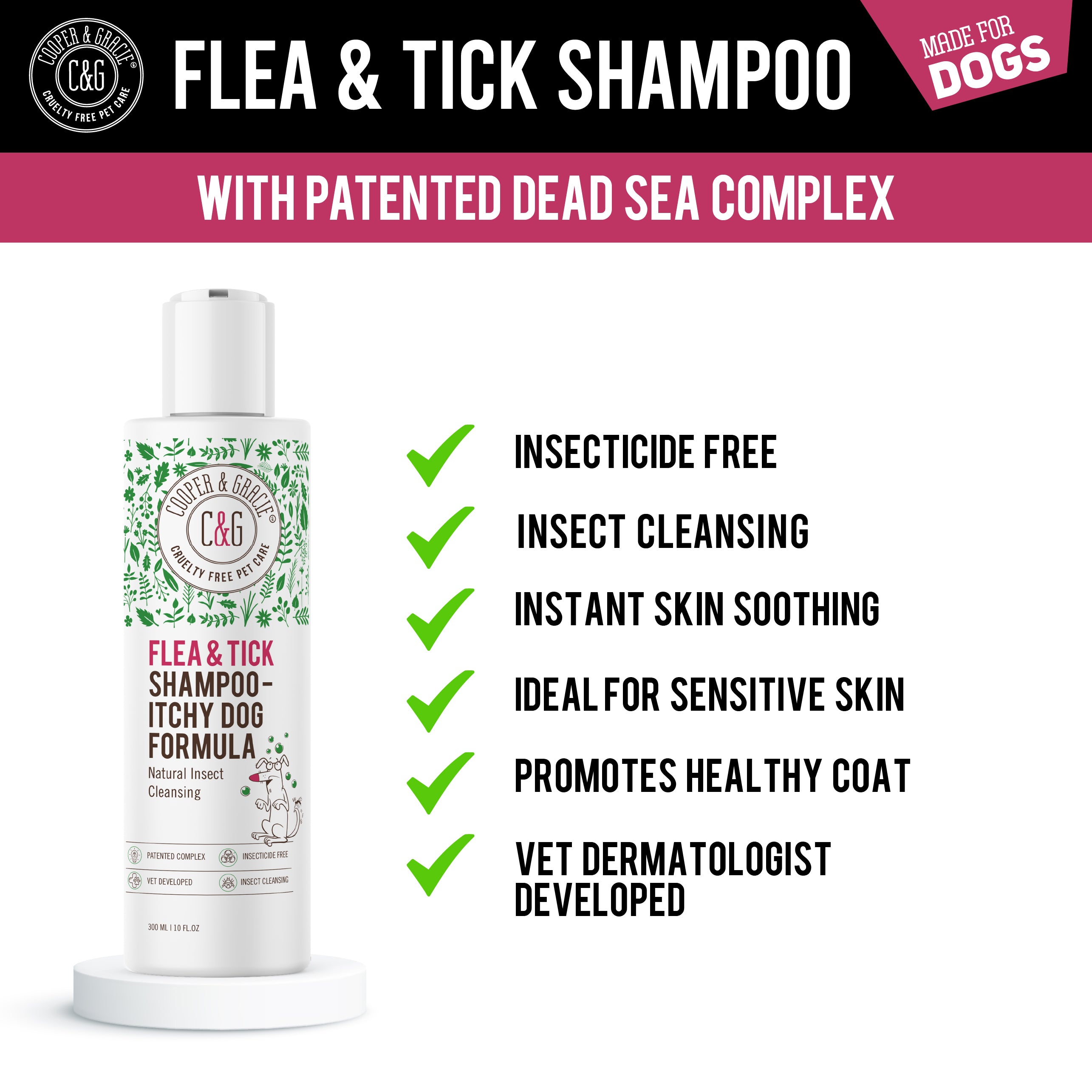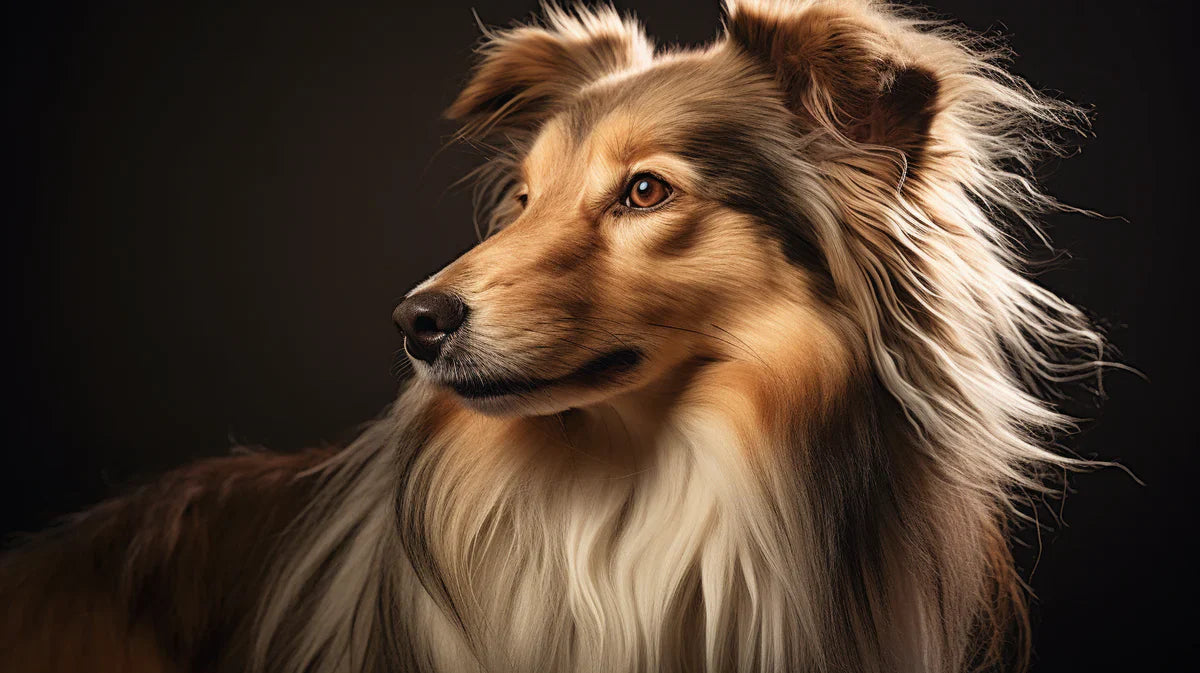Introduction
When it comes to our furry (or is it hairy?) companions, the question often arises: do dogs have fur or hair? It may seem like a trivial matter, but understanding the difference between fur and hair in dogs can shed light on their unique characteristics and the science behind their coats. In this article, we will explore the fascinating world of canine coats, dissecting the distinctions, and providing insight into why this debate even exists.
The Basics: Hair vs. Fur
1. Hair
In the realm of biology, hair is a term used to describe the fine, soft, and often longer strands that cover the bodies of humans and some animals. When you think of hair, you might envision the glossy locks on your own head or the silky mane of a horse. But in the context of dogs, hair is often referred to when discussing specific breeds, such as the "hairless" Chinese Crested.
2. Fur
On the other hand, fur typically refers to the dense, short, and insulating coat found on most mammals, including dogs. It serves as a protective layer that helps animals regulate their body temperature, keeping them warm in the winter and cool in the summer.

Canine Coats: Variations and Breeds
3. Double Coats
Many dogs have what is known as a "double coat." This consists of a dense undercoat of fur for insulation and a topcoat of longer, coarser hair. Breeds like the Siberian Husky and the Alaskan Malamute are excellent examples of this.
4. Single Coats
Certain breeds, such as the Greyhound or the Basenji, have single coats. These dogs possess shorter, fine hair without the thick underlayer seen in double-coated breeds.
Why the Confusion?
5. Historical Perspective
The confusion between fur and hair in dogs can be attributed to historical terminology and common usage. People often interchange the terms, leading to misconceptions.
6. Breed-Specific Language
Additionally, the terminology can vary by breed. Some breeds are commonly referred to as having "hair" due to their lack of an undercoat, even though scientifically, it may still be considered fur.
Coat Evolution
7. Evolutionary Adaptations
The evolution of a dog's coat is a captivating journey through time and biology. Over thousands of years, these remarkable animals have undergone an intricate process of adaptation to their surroundings and tasks. From the icy terrains of the Arctic to the scorching deserts of the Sahara, different breeds of dogs have developed coats tailored to their specific environments.
For instance, breeds originating from colder regions, like the Siberian Husky or the Saint Bernard, possess thick, insulating fur that helps them endure freezing temperatures. On the other hand, dogs hailing from warmer climates, such as the Mexican Hairless Dog (Xoloitzcuintli), have evolved to have less fur to prevent overheating.
This evolutionary journey has not only shaped the physical attributes of these breeds but also influenced their behavioural traits and abilities. Understanding the unique coat adaptations of different breeds provides a profound insight into their history and the incredible diversity of the canine world.
8. Hybrid Breeds
Hybrid breeds, like the Labradoodle, have taken the canine world by storm, and they exemplify the intricacies of the fur vs. hair debate. These crossbreeds combine the genetic traits of two distinct purebred dogs, often resulting in a delightful mix of characteristics.
When it comes to their coats, hybrid breeds can be especially intriguing. Labradoodles, for instance, inherit the curly and hypoallergenic hair-like coat of the Poodle parent while carrying the qualities of fur seen in Labrador Retrievers. This combination of fur and hair can vary from one Labradoodle to another, making it challenging to categorise them definitively.
The hybridisation process is a testament to the ever-evolving world of dog breeding. It showcases the versatility of genetic traits and how breeders strive to create dogs that not only look adorable but also suit the specific needs and preferences of pet owners.
So, if you find yourself with a hybrid breed in your home, relish in the unique blend of characteristics they bring. Whether it's fur or hair, what truly matters is the joy and companionship they offer.
Maintenance and Grooming
9. Grooming Needs
Determining whether your dog has fur or hair plays a significant role in tailoring their grooming routine to keep them looking and feeling their best. The distinction between the two types of coats can greatly influence the maintenance required:
-
Breeds with Hair: Dogs with hair, like the Poodle or the Bichon Frise, often need more frequent trims and professional grooming. Their hair continues to grow much like human hair, and without regular attention, it can become tangled and unruly.
-
Breeds with Fur: Dogs with fur, such as the Golden Retriever or the German Shepherd, typically shed seasonally. This means that they undergo periods of heavy shedding where their fur falls out to make way for a new coat. During these shedding phases, more frequent brushing and fur management become essential to minimise shedding and keep your home clean.
By understanding the unique grooming requirements of your dog based on their coat type, you can ensure they remain comfortable, healthy, and looking their very best.
10. Allergies
For individuals with pet allergies, discerning the type of coat your dog has can be a crucial factor in managing allergenicity within your home. Allergies to pets often stem from proteins found in the skin cells, urine, and saliva of animals. The type of coat your dog possesses can influence the dispersion of these allergens:
-
Hair: Breeds with hair tend to shed less and trap allergens more effectively within their coat. This can be beneficial for allergy sufferers as it reduces the amount of allergenic particles released into the environment.
-
Fur: Dogs with fur may shed more, releasing allergens into the air, which can exacerbate allergies. However, regular grooming and cleaning can help mitigate this issue.
Knowing whether your dog has fur or hair allows you to take proactive steps to manage allergens effectively. This may include investing in air purifiers, vacuuming regularly, or choosing hypoallergenic breeds with hair rather than fur to minimise allergenic reactions within your household.
Conclusion
In conclusion, the debate over whether dogs have fur or hair is a complex one, influenced by historical terminology, breed-specific language, and evolutionary adaptations. Regardless of the terminology, what remains constant is our love and care for our canine companions. So, whether your dog has fur, hair, or a bit of both, what truly matters is the bond you share with them.
FAQs
1. Can I change my dog's coat from fur to hair or vice versa?
No, a dog's coat type is determined by their genetics, and it cannot be changed.
2. Are hypoallergenic dogs more likely to have hair than fur?
Yes, many hypoallergenic dog breeds have hair instead of fur, which can be less likely to trigger allergies.
3. Do dogs with hair require more grooming than those with fur?
Generally, dogs with hair require more frequent grooming and maintenance to prevent matting and tangling.
4. Can I tell if my dog has fur or hair by touch?
In most cases, you can feel the difference between fur and hair by touch. Fur is typically denser and coarser, while hair is finer and softer.
5. Is the debate over fur vs. hair just semantics?
While it may seem like a matter of semantics, understanding the distinction can be important for grooming, allergies, and overall care of your beloved pet.
Join Us in Caring for Your Canine Companion
At Cooper and Gracie, we understand the importance of providing the best care for your furry friend. Our passion for pets is at the heart of everything we do. We've spent years researching and developing products that ensure your dog's coat, whether it's fur or hair, remains healthy and vibrant. With our wide range of grooming supplies, from shampoos and conditioners to coat-enhancing supplements, you can give your loyal companion the pampering they deserve.
We invite you to explore our website and discover a world of high-quality pet care products. Join us in making your dog's life more comfortable, allergen-free, and enjoyable. Together, we can ensure that your beloved canine has a happy and healthy life.
So, why wait? Visit the Cooper and Gracie Dog Collection today and let us be a part of your dog's journey towards a happier and healthier life. Your furry friend will thank you!
